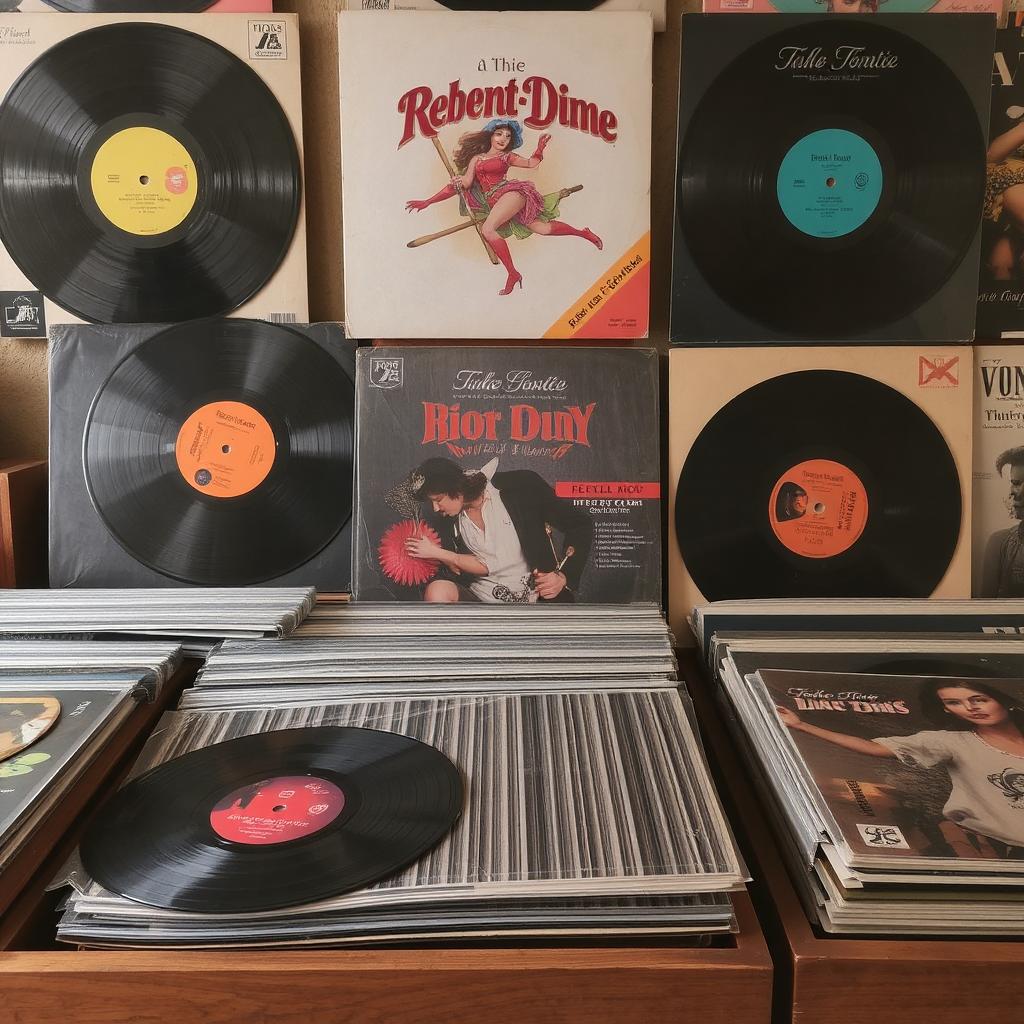
Behind the Groove: Stories from Punjabi Music Producers of the Vinyl Era
The golden era of Punjabi vinyl, stretching from the 1950s to the 1980s, brought forth a rich legacy of music that spanned folk, devotional, classical, and later, Bhangra. While much attention is given to the singers and lyricists of this period, the unsung heroes behind many of these timeless tracks were the music producers. Working behind the scenes in dimly lit studios across India and abroad, these producers crafted sounds that defined generations and shaped the identity of Punjabi music on vinyl.
Their stories are often tucked away in liner notes, forgotten studio logs, or passed down through word of mouth. But their role in recording, arranging, and refining the music that found its way onto spinning records was nothing short of transformative. This blog takes a closer look at the individuals and processes behind the groove, exploring the untold stories of Punjabi music producers from the vinyl era.
Crafting Sound in an Analog World
In today’s digital age, recording music can be done on a laptop. But during the vinyl era, producing a Punjabi album was an intricate process. Producers had to work with analog equipment, live musicians, and physical tape reels. Every mistake meant re-recording. Precision, patience, and deep musical knowledge were non-negotiable.
Producers like Charanjit Ahuja, K.S. Narula, and Mohinderjit Singh were central to defining the sound of Punjabi folk and Bhangra. Known for their disciplined approach, they would often conduct multiple takes of a single track, striving for a balance between raw emotion and polished sound.
The studios themselves—such as HMV’s recording facility in Dum Dum or the EMI studios in Delhi and Mumbai—became legendary spaces where countless Punjabi hits were born. Producers worked tirelessly, coordinating musicians, sound engineers, and vocalists to bring each record to life.
Charanjit Ahuja: The Architect of Modern Folk
Among the most respected producers of the era was Charanjit Ahuja, often referred to as the “man behind the golden voice” of many folk singers. He worked closely with artists like Kuldeep Manak, Amar Singh Chamkila, and Surinder Shinda. Ahuja’s productions stood out for their robust dhol rhythms, creative harmonium arrangements, and crisp tabla work.
He was known for encouraging spontaneity in the studio while still maintaining a clear musical direction. Many of the LPs produced under his watch became instant classics, revered not just for their lyrics or melodies but for the unique sonic fingerprint Ahuja left on them.
K.S. Narula: The Devotional Maestro
K.S. Narula carved his niche producing devotional and gurbani albums, particularly during the 1960s and 70s. His ability to blend classical raag structures with folk sensibilities brought a wider appeal to religious music on vinyl. Narula paid close attention to pitch, pronunciation, and instrumental purity, often collaborating with highly trained vocalists and classical musicians.
For many Sikh households, the records produced by Narula were more than music—they were part of spiritual practice. His legacy is evident in the number of devotional LPs still circulated among collectors and gurdwaras today.
Recording in the UK: The Rise of Diaspora Producers
As Punjabi immigrants settled in the UK, a new breed of music producers began to emerge in cities like Birmingham, London, and Southall. They brought Western influences into traditional Punjabi music, giving birth to the Bhangra explosion of the 1980s.
Producers like Deepak Khazanchi and Kuljit Bhamra used British recording studios to infuse funk, reggae, and disco elements into Punjabi tracks. Their approach was experimental but rooted in cultural pride. With labels like Multitone and Oriental Star Agencies backing them, these producers created albums that resonated with a generation caught between cultures.
The equipment may have changed—moving from analog to early digital—but the essence remained. These producers worked closely with bands like Heera, Alaap, and Apna Sangeet, using live instruments, brass sections, and electronic beats to reimagine Punjabi music for the dancefloors of London and Toronto.
Challenges and Triumphs
Producing music in the vinyl era was fraught with challenges. Studio time was expensive, tape was limited, and resources were constrained. Producers had to make decisions quickly, balancing creativity with practicality. Language barriers, tight schedules, and the need to cater to both rural and urban audiences added further complexity.
Yet, these producers persisted. They innovated with arrangements, experimented with new formats, and ensured that the soul of Punjab could be heard through the crackle of every record. In doing so, they created an enduring soundscape that still inspires new generations of musicians.
Legacy in the Grooves
Today, when a collector finds a well-preserved Punjabi LP from the vinyl era, the names of producers are often printed in small font, overshadowed by the singers and titles. But those who understand the craft know that every groove on the record carries the silent imprint of the producer’s hand.
The producers of the Punjabi vinyl era were not just technicians—they were curators of culture, innovators of sound, and storytellers in their own right. As vinyl continues to make a comeback, so too does the appreciation for the people behind the music, those who worked tirelessly to ensure that every record told a story worth spinning.
Their legacy lives on, not only in dusty archives and private collections but in the grooves of records that continue to sing the story of Punjab across generations. Bollywood Vinyl Records

